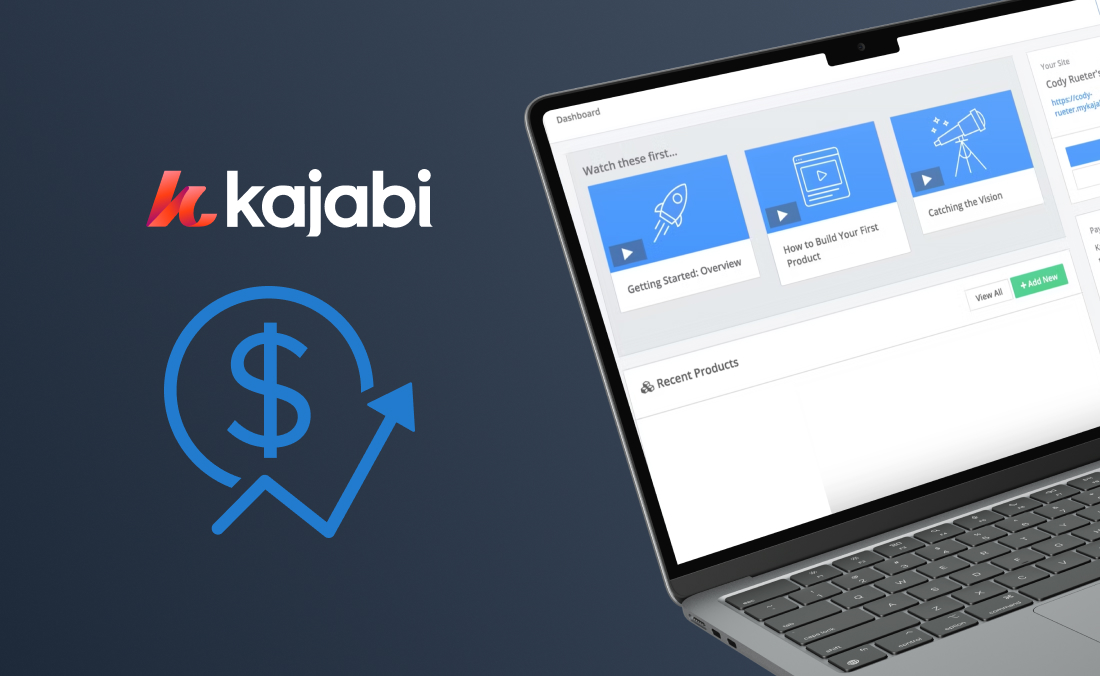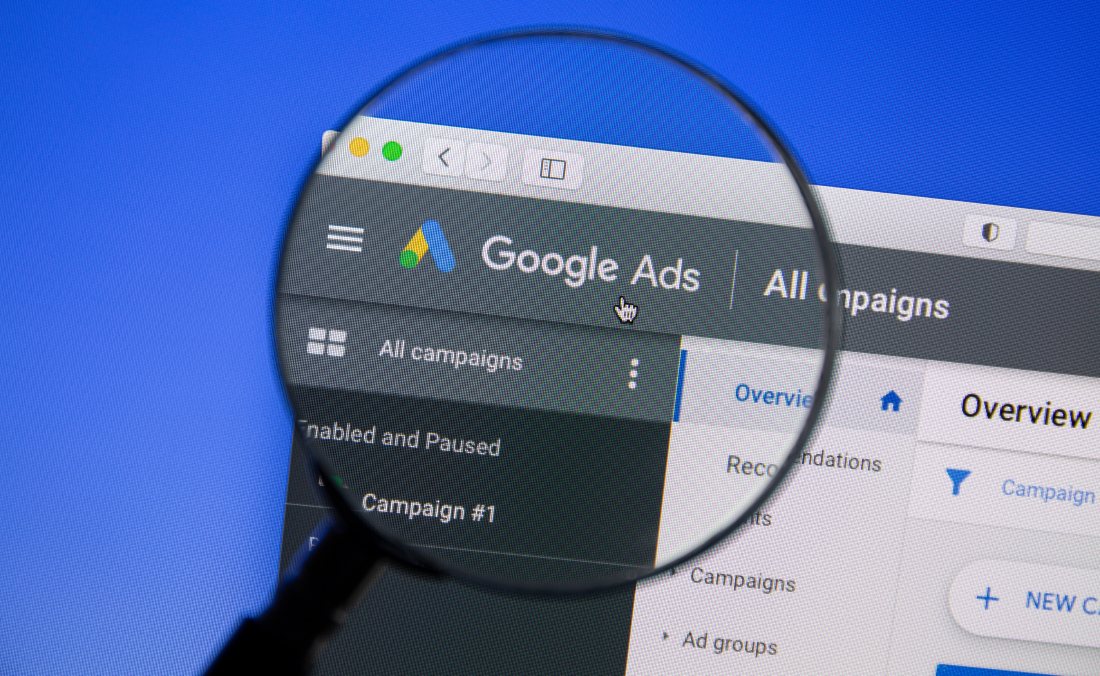The Opportunity in Online Advertising
The Power of Online Advertising for Coaches and Consultants
Online advertising has revolutionized the way coaches, consultants, and digital business experts connect with their ideal clients. Platforms like Google Ads and Facebook Ads (which includes Instagram) offer unparalleled opportunities to showcase your services and drive measurable results. Within your desired budget allocation, you can strategically position yourself to attract leads, build brand awareness, and generate conversions.
Whether you’re looking to establish authority in your niche or scale your online business, this guide will show you how to make the most of your ad spend. Let’s dive into the strategies for maximizing your investment and creating impactful campaigns.

Why Use Google and Facebook Ads to Grow Your Digital Business?
Google Ads: The Go-To for High-Intent Audiences
Google Ads excels in targeting audiences who are actively searching for solutions. Through pay-per-click campaigns, you can gain instant visibility for your brand when a user searches for keywords tied to your expertise. Whether it’s generating leads for a business coaching program or driving bookings for a webinar, Google Ads is perfect for conversions. Users searching on Google tend to have a higher interest in products related to their search or their intent to purchase.
Facebook Ads: Building Awareness and Engagement
Facebook Ads shine in creating meaningful connections with your audience. With versatile formats like video ads, carousel ads, and lead forms, you can nurture potential clients through every stage of their journey. From raising awareness about your digital products to retargeting warm leads, Facebook Ads help you cultivate a loyal following while driving results.
How to Allocate Your Budget Between Google and Facebook Ads

Reflect on Your Journey
Assessing Your Goals and Audience
Before diving into ad campaigns, clearly define your objectives. Are you aiming for more leads, greater brand visibility, or direct sales? A general split of 60% Google Ads and 40% Facebook Ads works well for lead generation, while the reverse may be ideal for brand-building campaigns.
Understanding the Cost Structure of Each Platform
Google Ads operates on a cost-per-click model, where you bid for high-intent keywords, making it ideal for immediate ROI. Google includes tools like Keyword Planner that can help you understand monthly search volumes for specific terms and how much you need to bid on a specific keyword in order for your ad to appear on the Search Engine Results Page (SERP). Your bid is how much you’re willing to spend on each click, but you’ll need to ensure that your bids across all keywords stays within your monthly budget.
On the other hand, Facebook Ads offers a few different bidding strategies:
- Spend-based bidding: This strategy focuses on spending your full budget, within a set time period, in order to get the most results.
- Goal-based bidding: This strategy sets a cost per result that you want to achieve. For example, $100 cost per purchase.
- Manual bidding: This strategy gives you more control over how much you are spending across ad auctions by setting a bid cap, rather than allowing Facebook to bid dynamically.
All of these strategies make Facebook Ads more suited for audience growth, engagement, and conversion depending on your campaign objective. Knowing these distinctions can help you allocate your budget wisely.
How to Create High-Performing Google Ad Campaigns on a Budget

Step 1: Keyword Research and Selection
Start by identifying high-intent keywords—terms that show potential clients are ready to take action. Use tools like Google Keyword Planner to find affordable long-tail keywords. These niche-specific phrases often have lower competition and higher conversion potential. For example, instead of bidding on “business coach,” target keywords like “business coach for startups” to maximize your ROI.
Step 2: Craft Compelling Ad Copy
The success of your Google Ads campaign hinges on your ad copy. Write clear, benefit-driven headlines and include a strong call-to-action. Split-testing is essential—create at least three variations of each ad to determine which messaging resonates best. For example, test different CTAs like “Book a Free Consultation” versus “Start Your Journey Today” to see what drives more clicks.
Step 3: Optimize Landing Pages for Conversions
Your landing page should seamlessly align with the messaging of your ad. Include persuasive elements like testimonials, a concise value proposition, and easy-to-follow CTAs. Ensure the design is mobile-friendly and loads quickly—every second of delay could cost you conversions.
Step 4: Tracking and Analytics
Set up Google Analytics and conversion tracking to monitor your campaigns’ performance. Track key metrics like click-through rates, cost-per-conversion, and bounce rates. Use this data to refine your bidding strategy, pause underperforming ads, and focus on campaigns that deliver the best results.
How to Leverage Facebook Ads for Social Media Success

Step 1: Build Your Target Audience
Leverage Facebook’s audience tools to create custom audiences based on your email lists or website traffic. Lookalike audiences are a powerful way to expand your reach, targeting users who share similar traits with your existing customers. For beginners, interest and behavior-based targeting can help you hone in on potential leads.
Step 2: Craft Engaging Visuals and Ad Copy
Visual appeal is crucial for Facebook Ads. Use high-quality images, videos, or carousels that capture attention instantly. Pair these with ad copy that connects emotionally—address pain points, highlight benefits, and offer solutions. This is your chance to demonstrate how your services can transform their lives or businesses.
Step 3: Set Up Retargeting Campaigns
Not every visitor will convert on their first interaction with your website. Retarget these warm leads by showing them personalized ads based on their previous activity. For instance, if someone visited your webinar signup page but didn’t register, create an ad offering a limited-time incentive to finalize their registration.
Step 4: Monitor and Iterate
Keep a close eye on performance metrics using Facebook Ads Manager. Test different ad formats, placements, and targeting strategies to see what delivers the best outcomes. Regularly refresh your visuals and messaging to avoid ad fatigue and keep your audience engaged.
Common Mistakes to Avoid When Spending on Ads
Mistake 1: Poor Audience Targeting
One of the most common pitfalls in advertising is targeting the wrong audience. Casting a net that’s too broad dilutes your message, while overly narrow targeting can limit your reach. Instead, focus on segmentation—create groups based on demographics, behaviors, and interests to ensure your ads resonate with the right people

Mistake 2: Neglecting Landing Page Quality
Your ads might bring traffic, but if your landing page doesn’t deliver, you’re losing opportunities. A poorly designed page with mismatched messaging or unclear CTAs leads to high bounce rates. Always align your landing page with your ad’s promise, and include compelling elements like testimonials, social proof, and a clear call-to-action.
Mistake 3: Failing to Monitor and Adjust
Setting up a campaign and forgetting about it is a recipe for wasted budget. Ads require consistent monitoring to ensure performance stays on track. Use tools like Google Analytics and Facebook Ads Manager to track metrics like CTR and conversions. Adjust targeting, bids, and creatives based on data to keep your campaigns optimized.
Wrapping It Up: Your Path to Advertising Success
Start Small, Scale Smart
Launching your first ad campaign might seem daunting, but remember that success comes with testing and learning. Begin with a small portion of your budget, analyze the results, and gradually increase spending on high-performing campaigns.
Leverage All-in-One Solutions
Managing multiple ad campaigns doesn’t have to be stressful—or require juggling a patchwork of different tools. With Kartra, the all-in-one marketing platform, you get everything you need to build, launch, and scale your campaigns seamlessly. From sales funnels and landing pages to email marketing, online courses, webinars, calendars, and in-depth analytics, Kartra brings it all under one roof. No more costly integrations or tech headaches—Kartra streamlines your entire marketing strategy, so you can focus on results.
Get started now.


